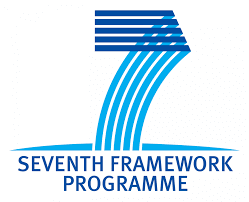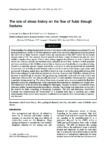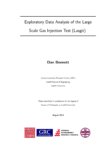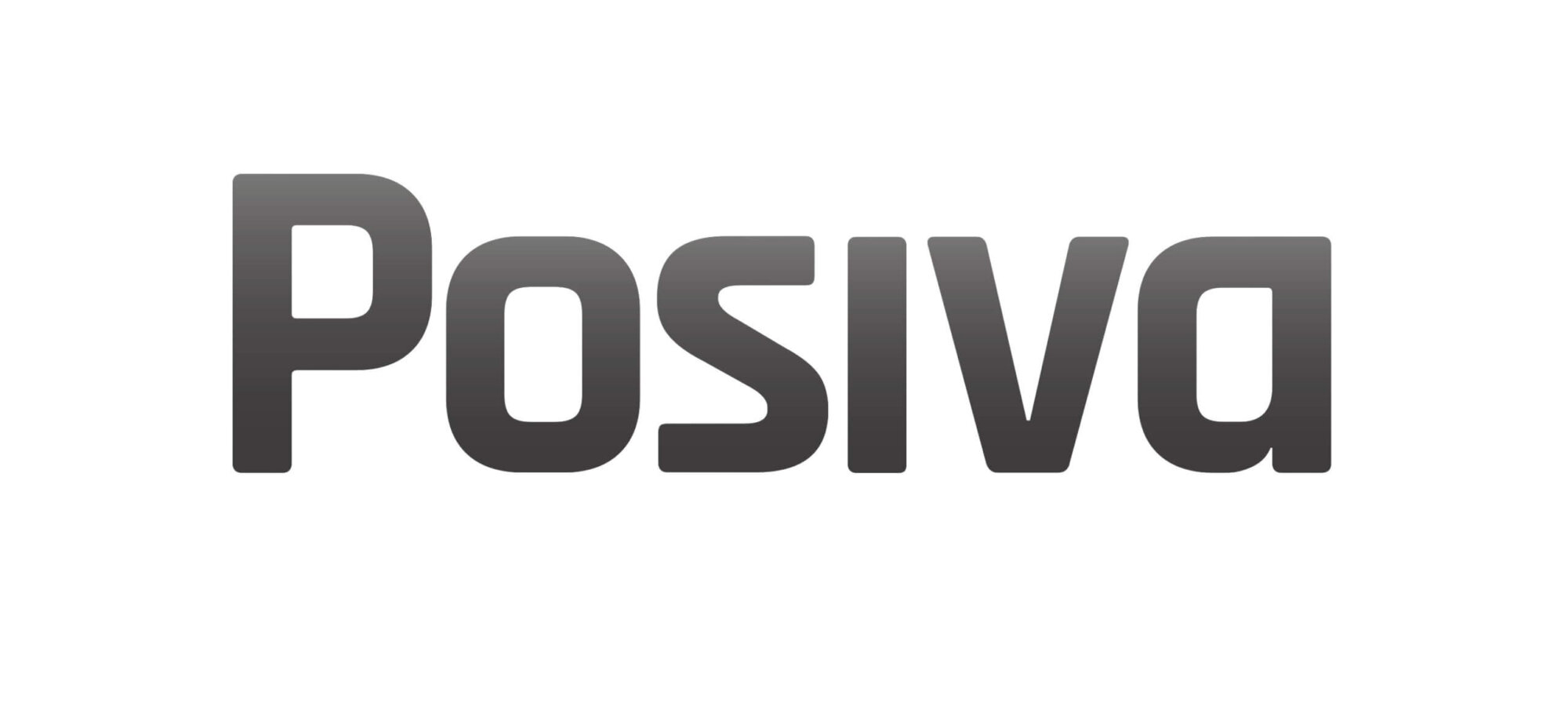FORGE: Fate of Repository Gases
Long-term radioactive waste management usually considers final disposal in a deep geological repository. This includes an engineered barrier system working in conjunction with the surrounding host rocks to minimise migration of radioactivity. As the repository system evolves, gases may be produced, such as hydrogen from the corrosion of metals and from the radiolysis of water, and radon from the radioactive decay of some of the waste. If present, biodegradable wastes can also produce carbon dioxide and methane. Understanding how these gases move in a repository setting is a topic identified for further study. The FORGE project, which ran from February 2009 to September 2013, studied key gas migration issues in repository performance assessment.
Overview
Project Dates: 01/02/2009 – 30/09/2013
Project Status: Finished
Project Website: https://www.bgs.ac.uk/forge/
The underground disposal of radioactive wastes involves a series of barriers, both natural and engineered, between the waste and the surface. Achieving this multi-barrier concept is fundamental to all disposal programmes and the long-term containment of radioactive waste.
Understanding gas generation and migration is crucial in the quantitative assessment of repositories and was the focus of this international, multi-disciplinary project.
FORGE contributors included radioactive waste management organisations, regulators and academia who together researched the following key areas:
- Impact of gas migration on repository infrastructure and engineering performance.
- New models to describe the mechanisms and processes governing gas, water and radionuclide movement in repository components.
- New insights into the engineered barrier systems (EBS) properties, engineered disturbed zone (EDZ) behaviour, far-field interactions, gas generation and up-scaling.
Objective
The FORGE project consisted of five work packages:
- Treatment of gas in performance assessment.
- Gas generation.
- Engineered barrier and seals.
- Disturbed host rock formations.
- Undisturbed host rock formations.
Further detail about these work packages is provided below.
Work package 1 – Treatment of gas in performance assessment
The ultimate aim of WP1 was to make recommendations for, and propose an updated treatment of, gas issues in relation to long-term safety assessments, based on the integrated findings from the project.
Work package 2 – Gas generation
WP2 examined the rate of hydrogen production in order to provide information in support of repository performance assessment. Specific issues that were studied included:
- Consumption of hydrogen by reaction with radiolytic products such as hydroxide ions.
- Inhibition of corrosion by the products of radiolysis.
- Effect of water chemistry (e.g. the influence of carbonate reactions with hydroxide ions).
- Effect of clay/cement barriers on hydrogen production and its migration through samples under irradiation.
Work package 3 – Engineered barrier and seals
The aim of WP3 was to investigate gas migration processes and the consequences of gas migration in the Engineered Barrier System of repositories.
Work package 4 – Disturbed host rock formations
WP4 aimed to develop understanding of the roles of the stress tensor, the stress path and associated mechanical deformation in determining permeability changes affecting the sealing efficiency of the host rock. Laboratory, field and numerical simulations were undertaken.
Work package 5 – Undisturbed host rock formations
The main objectives of WP5 were to:
- Establish the conditions under which different gas migration processes are dominant.
- Identify how those processes can be modelled and determine the values of the main parameters.
- Measure the parameters that may have an impact on the long-term safety as a consequence of enhanced radionuclide transport through the host rock.










